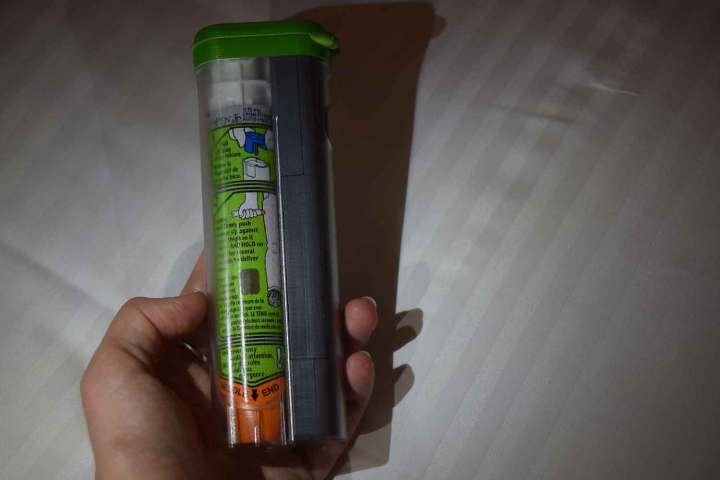
But these epinephrine auto injectors aren’t perfect. Their patented design makes them expensive, but even if price is not an issue, they pose a number of other challenges.
“EpiPens are great at treating anaphylaxis, but the fact is that a lot of patients don’t like injections,” Dr. Mutasem Rawas-Qalaji, a pharmaceutical researcher at Nova Southeastern University in Florida who is working on an alternative to injections, told Digital Trends. “That’s especially true if they’re expected to self-inject. In some cases, patients would rather drive to the emergency room than inject themselves. That can cause a dangerous delay in treatment. The benefit of this work is that it’s about creating a novel dosage form that is more user-friendly, [which] patients won’t be afraid to use.”
Rawas-Qalaji and his team have created an orally disintegrating tablet that goes under the tongue to provide epinephrine. It also solves other problems with EpiPens, such as the fact that they only come in fixed “adult” or “child” doses, which isn’t ideal when you’re dealing with a broad range of patients.
The tablet appears to offer many of the same benefits as an epinephrine auto injector, albeit packed into a much tinier form factor. It also has a longer shelf life.
As with any drug breakthrough, of course, inventing it is only part of the battle — it next needs to go through extensive testing and clinical trials.
“From a scientific perspective, we need to make sure we’re progressing this drug development in a way that takes into consideration every factor that may affect patient safety while ensuring efficacy,” Rawas-Qalaji continued. “There are certain clinical trials and approval steps this needs to go through to prove safety and efficacy in humans before it can be made available to the public. However, I’m hoping this will be something we can see used in the next few years.”


